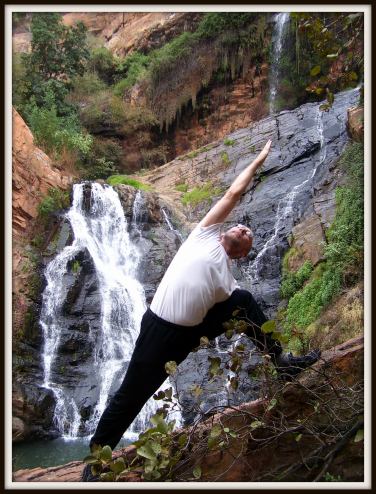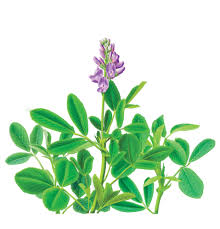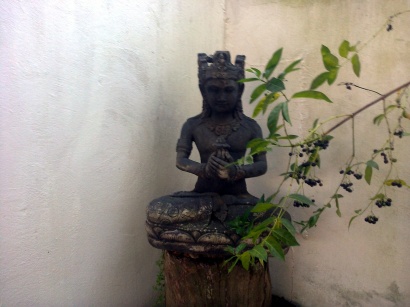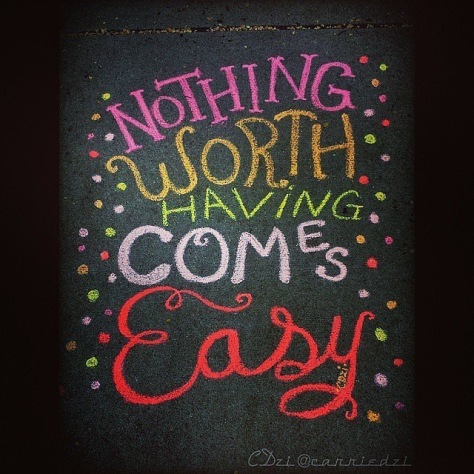 For many of us, within the context of our busy and often stressful lives, we may be living unwittingly out of sync with the rhythms and tides of the natural world.
For many of us, within the context of our busy and often stressful lives, we may be living unwittingly out of sync with the rhythms and tides of the natural world.
For example, when we observe the seasons in nature, we see the waxing and waning of energy through Winter, Autumn, Spring and Summer.
Winter could be a time for withdrawal, a natural, instinctive conserving of energy, a storing of resources, a gathering below the surface as it were for new building to come. Spring is a time of bursting forth new buds and blossoms, a promise of fresh and wonderful things to come. Similarly, summer is a time of ripening and bearing fruit.
One way of harnessing ourselves more to these beautiful flows of natural energy would be to adjust our lives and endeavours to mirror nature’s wisdom.
Thus the winter months could be a contemplative time to re-asses our existing patterns and habit’s, whether personal or business or in our relationships.
Winter can be a time of releasing old out dated modes of behaviour like shedding old skin we have outgrown. In our yoga practice we can use the cold time to focus on building strength in the body. We can use the natural ebbing time of winter to deepen our meditation practice, almost akin to hibernating but with our mind and awareness needle sharp. Winter is a time to consolidate our knowledge of yoga with it’s wise tenets and practical philosophy.
As we move into the spring season, a natural emergence takes place. Our practice becomes lighter as energy quickens. Optimism blossoms as we become more playful. Physical work could include more activated flow sequences and jumping. Spiritually this is a time of the flowering of our new ideas. The old is shed and we embrace eagerly the new.
Warm weather can also be a time of working on our flexibility, deep stretching is an excellent way to release deep seated stress that is stored in our muscle memory. Many yoga postures require of us a high level of elasticity in the body for this very reason. Deep penetrating stretches help enormously to deepen our relaxation practice.
In many highly ‘developed’ countries, fruit and vegetables that are naturally seasonal are now-a-days available year round. This is largely due to the business opportunity’s such availability generates. A natural way of living would eschew buying out-of-season produce. Many health benefits are specific to season fruit and vegetables. Bear in mind if the general public refused to sustain the demand the business would die out. Our personal responsibility sustains or denies these types of modern day ventures.
On a shorter scale, our glorious sun begins it’s inexorable waxing from midnight until the zenith at noon. During this time the energy of our natural world steadily increases. After noon the pendulum swings back the other way as the natural energy steadily wanes again all the way back to deep midnight.
Few of us are aware of this immensely powerful daily flux of solar and lunar tide. This powerful ebb and flow acts inevitably into our very own body’s rhythms and tides. When we move against these natural flows we weaken instead of strengthen our energy.
The rising energy cycle can be used for building, growing, developing and using energy. The falling cycle can be used for slowing down, contemplating, meditating, assessing and planning, relaxing etc.
Early morning is a great time for vigorous strength and aerobic exercising. Late morning is a good time to eat our main meal of the day. After noon the body should have little food and asana should be in harmony with the waning solar flow. This way we provide maximum support for our bodies natural rhythms.
The early part of the evening should be spent quietly together and our main sleep time should be before 12 midnight. This ensures deep rest for our physical systems as we again harmonise with the solar calming and lunar rising.
Our western daily structure is once again largely a product of the fraternal ‘business day’ which it supports admirably, but has little or nothing to do with living a life in balance with the natural world.
The heavy concern of commerce is a brittle, artificial construct that directs us away from a life of yoga into a dead robotic life governed by harsh routines that long ago burnt out any spark of divine life within us. The way back is simple really but requires of us decision and courage. We need to examine with our hearts eyes the various areas of our lives and discern what genuine priority is needed. We all know deep down what is good and wholesome for ourselves and our communities. It does take some time however and some deep introspective work to see clearly. The rewards of such work if collectively undertaken would be enourmous.
Namaste

 Sarsaparilla is the common name for Smilax ornata (formally smilax regelii), which has been used medicinally to treat everything from chronic pain to toe fungus. Other common names include sarsaparilla, Honduran sarsaparilla, and Jamaican sarsaparilla.
Sarsaparilla is the common name for Smilax ornata (formally smilax regelii), which has been used medicinally to treat everything from chronic pain to toe fungus. Other common names include sarsaparilla, Honduran sarsaparilla, and Jamaican sarsaparilla. The alfalfa plant is primarily native to Asia, and is considered to be one of the first widely known herbs used by man.
The alfalfa plant is primarily native to Asia, and is considered to be one of the first widely known herbs used by man.
 By Gopi Rao
By Gopi Rao


 Spiritual inquiry:
Spiritual inquiry:



 The spiral is a timeless symbol and manifestation of the way various forms of energy flow.
The spiral is a timeless symbol and manifestation of the way various forms of energy flow. A brief exploration of attention, awareness, concentration and consciousness.
A brief exploration of attention, awareness, concentration and consciousness.
